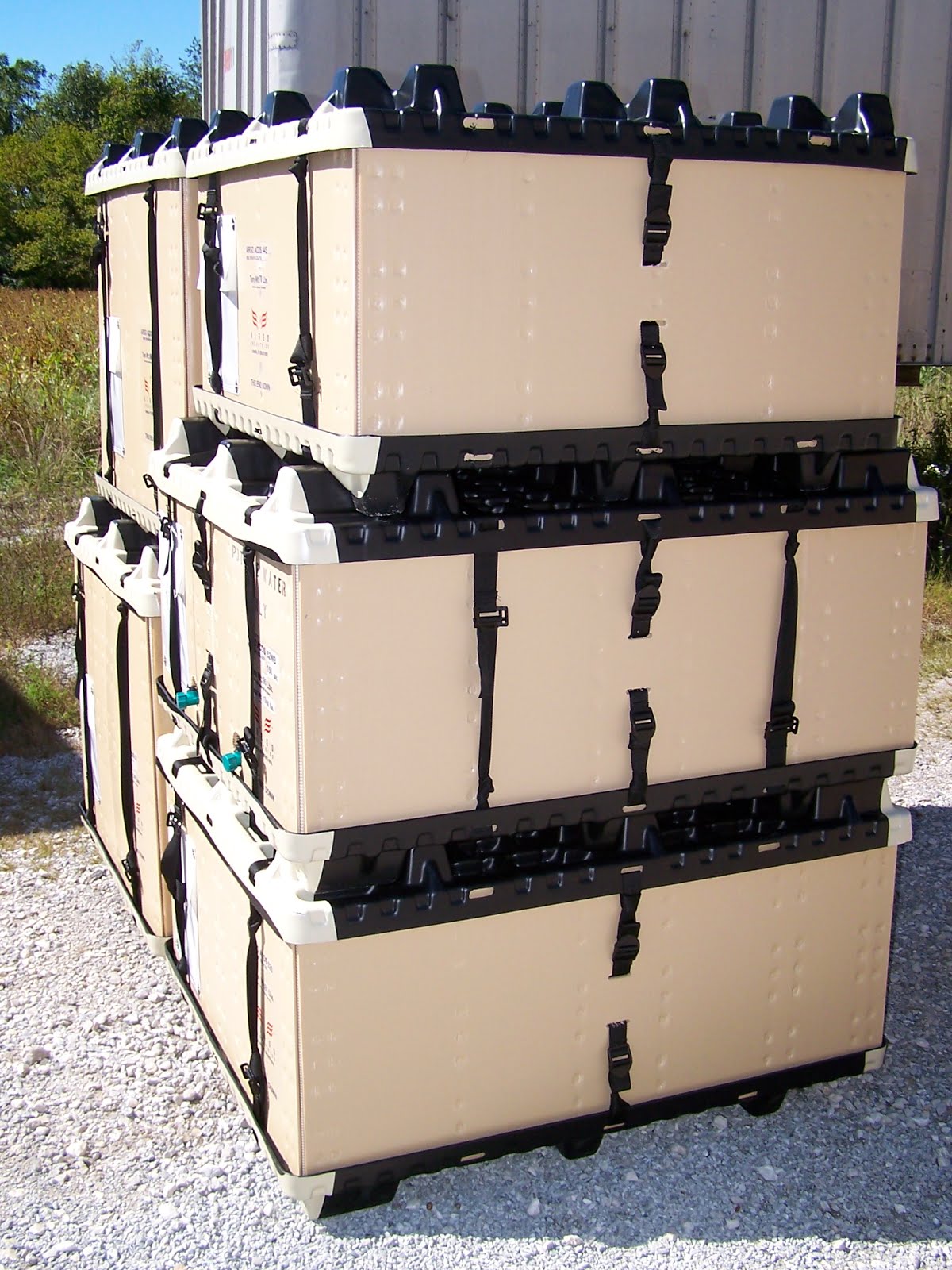Why MulePAC is the most sensible option for a secondary container system
In a recent blog, we explained how Containerization revolutionized shipping during World War II, and how MulePAC works so well with Containerization. However, we want to be clear, MulePAC is not a part of the standardized Containerization model, it is a system all on its own.

We estimate that about 70 percent of the military is not using any type of secondary container system. Up until now, many units have used Uni-Paks, but time and time again the cardboard sides and plastic locking system have failed to handle the abuse and extreme conditions troops face day after day.
The US Military’s Joint Modular Intermodal Container (JMIC) provides a level of standardization and reduces labor during intermodal transfers, but JMIC is expensive and too heavy for practical application at the unit level. The empty aluminum JMIC weighs between 200 and 330 pounds. A similar size MulePAC weighs 91 pounds and can easily be set up and filled by one soldier without the use of material handling equipment. MulePAC provides many of the benefits of JMIC with significantly lower cost (initial and maintenance), less weight, ease of use and more versatility with many sizes to choose from accommodating more of your equipment.
Military units without a secondary container system are using countless man-hours and incurring significant equipment damage during deployment and redeployment. Lack of visibility and protection in field storage results in costly reordering of supplies. During sustainment, supplies, money and ultimately lives are lost by not effectively using the full capacity of delivery vehicles and equipment. This means more trips for troops, exposing our servicemen and women to unnecessary dangers.
MulePAC's durability, flexibility, ease of use and cost make it the only sensible option for a secondary container system.

